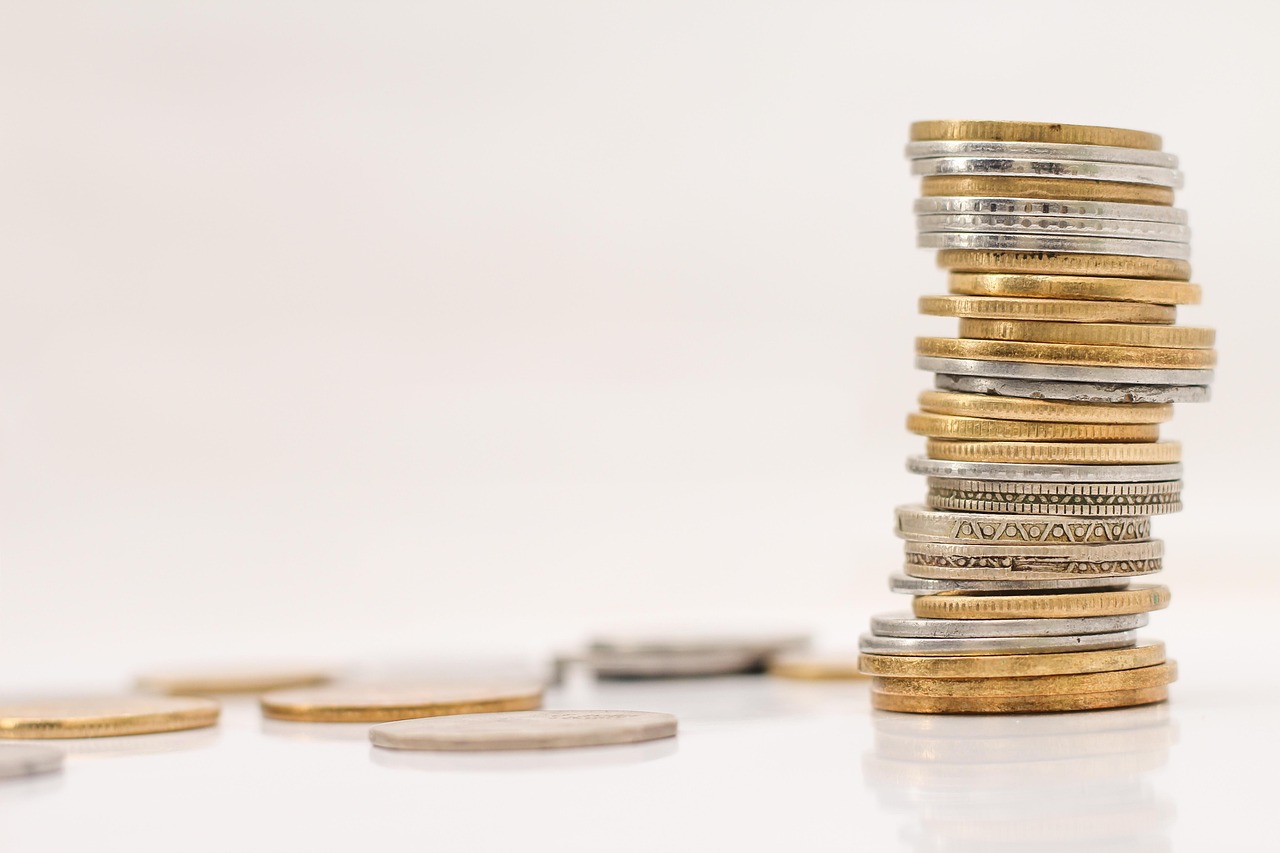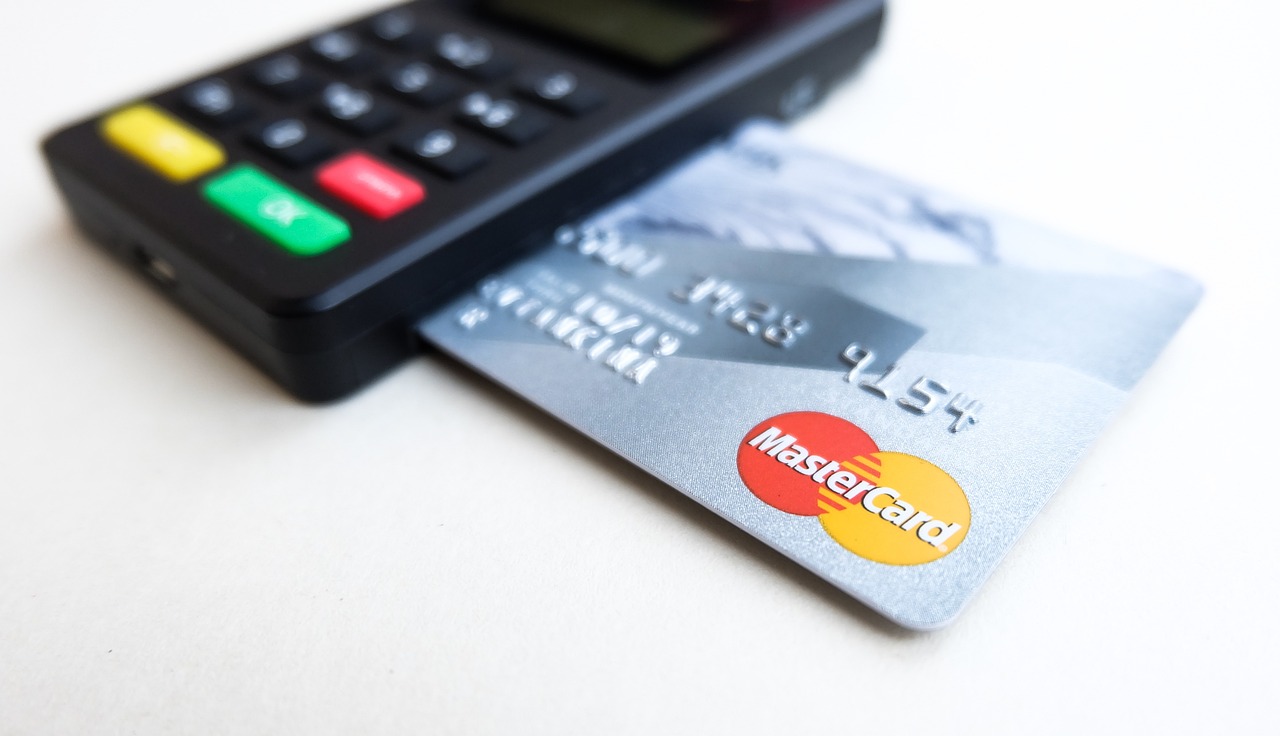Savings Apps Offer Delayed Gratification Settings

In an era where instant gratification often takes precedence, the financial technology industry is innovating to encourage more prudent financial behavior. Savings apps are introducing delayed gratification settings, offering users a structured approach to financial discipline. These features aim to cultivate long-term savings habits by temporarily restricting access to funds, thereby aligning with the psychological principle that delaying rewards can enhance satisfaction and financial security.
Delayed gratification is not a novel concept; it has been a subject of psychological study for decades. The famous Stanford Marshmallow Experiment of the 1970s demonstrated that children who could delay gratification tended to have better life outcomes. Today, this principle is finding its way into the digital savings tools that tech-savvy professionals increasingly rely upon.
Several popular savings apps have adopted these features, allowing users to set rules that restrict withdrawals or tie access to specific achievements or timeframes. For instance, users can configure their accounts to prevent withdrawals until a savings goal is met or a certain date is reached. This kind of self-imposed limitation can be particularly effective in mitigating impulsive spending behaviors.
- Revolut: This app allows users to create “Vaults” where funds can be deposited but not withdrawn until certain conditions are satisfied. By incorporating gamification elements, Revolut encourages users to meet their financial targets.
- Qapital: Known for its customizable savings rules, Qapital lets users define specific triggers for saving money. These rules can be based on personal events, such as reaching fitness goals or completing tasks.
- Monzo: Monzo offers a feature called “Pots” which lets users compartmentalize their savings. With the “Locked Pots” option, funds can be shielded from withdrawal until a specified date is reached.
The global context for these innovations is significant. As financial literacy becomes increasingly critical, especially among younger generations, the ability to save effectively is paramount. According to the OECD, global savings rates have fluctuated over the years, with many individuals struggling to maintain consistent savings habits. Delayed gratification settings in savings apps are a response to this challenge, leveraging behavioral economics to promote financial stability.
Moreover, the rise of digital banking and fintech solutions has democratized access to sophisticated financial tools. Unlike traditional banking services, these apps provide flexibility and user-friendly interfaces that appeal to a technologically adept audience. As such, they are well-suited to address the needs of professionals who are both time-constrained and financially ambitious.
However, the adoption of delayed gratification settings is not without its challenges. Critics point out that while these features offer potential benefits, they also require a level of self-control and commitment that not all users possess. Additionally, there is a risk that users might disable these settings in moments of financial stress or temptation, undermining their efficacy.
Despite these challenges, the integration of delayed gratification settings into savings apps represents a forward-thinking approach to personal finance management. By reinforcing the value of patience and long-term planning, these tools are helping to reshape the way individuals interact with their finances. As technology continues to evolve, it is likely that we will see further innovations in this space, aimed at fostering financial resilience and independence.
In conclusion, the introduction of delayed gratification features in savings apps is a testament to the growing intersection of technology and behavioral finance. As these tools gain traction globally, they hold the promise of transforming financial habits, encouraging users to think beyond immediate desires and focus on sustainable wealth creation.














